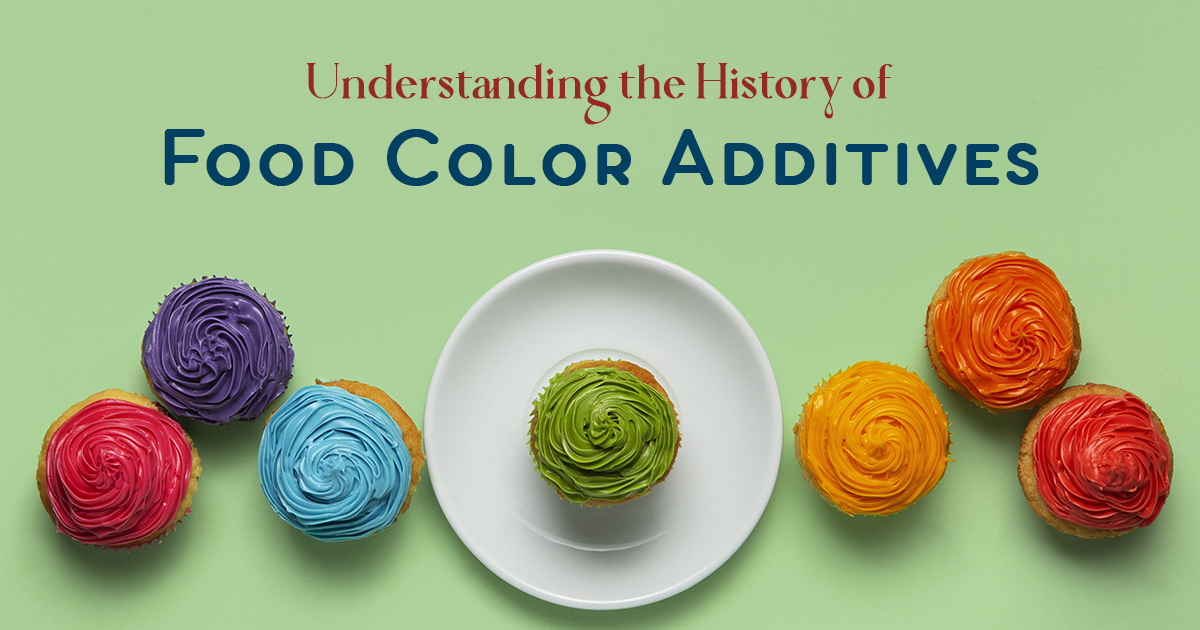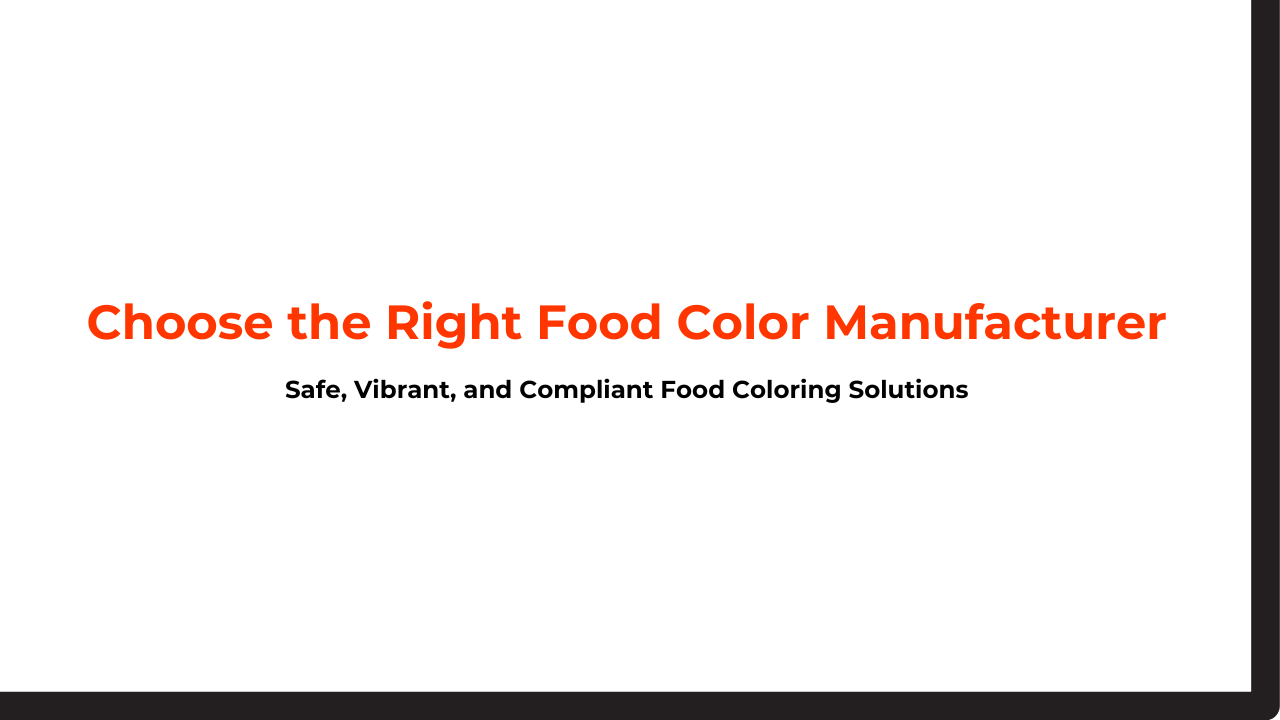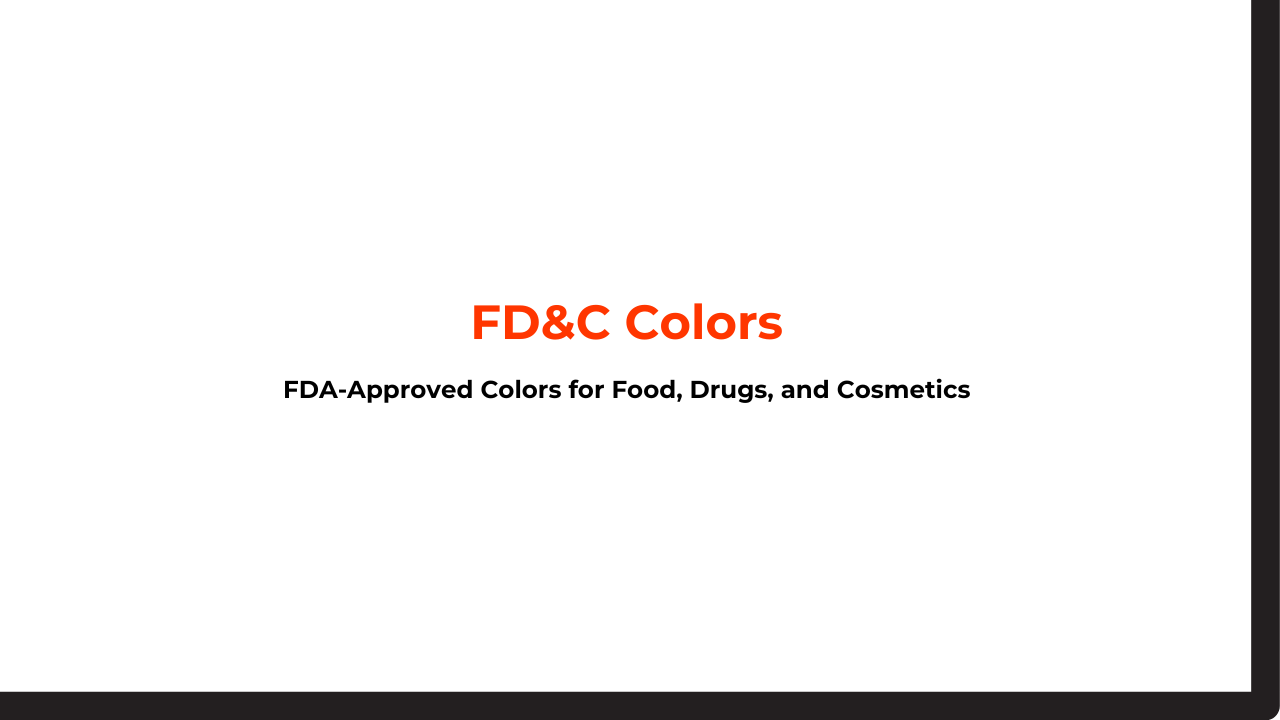Introduction
How food looks has always significantly influenced how we perceive its taste, freshness, and overall appeal.
We often choose what to eat based on the red of a ripe strawberry or the golden color of bread, more than we realize. Food manufacturers have used various food color additives to enhance visual appeal and restore color lost during processing.
The history of food color additives is fascinating, from using natural ingredients in ancient times to the rise of synthetic dyes during the growth of factories and, eventually, to today’s growing demand for clean, plant-based alternatives.
Early Use of Natural Colorants
Before food processing became an industry, ancient civilizations used natural ingredients to add color to food. Egyptians were among the earliest to use saffron and turmeric for flavor and their vivid yellow-orange pigments.
In India and China, people used beet juice and hibiscus to make red and purple colors, and they used spirulina and spinach for green. They often derived these natural colorants from herbs, minerals, fruits, and vegetables.
They had cultural, religious, and sometimes even medicinal significance. For example, colored rice and sweets were part of rituals and celebrations, symbolizing prosperity and joy. These early practices laid the foundation for humanity’s desire to enhance the appearance of food.
Read More: Tips for choosing the right food colors
Emergence of Synthetic Food Dyes
The 19th century marked a turning point in the history of food color additives. During the Industrial Revolution, progress in chemistry led to the creation of the first synthetic dye, mauveine, in 1856.
Manufacturers first made these synthetic dyes for cloth, but they later used them in food because they were bright, long-lasting, and cheap. However, this shift also brought risks. Chemists derived some early synthetic colorants from coal tar and included toxic substances like lead, mercury, and arsenic.
While they produced vibrant colors, many were unsafe for consumption. This led to an increase in food adulteration and growing public health concerns.
Despite the problems, synthetic dyes grew more popular until governments began to control them to protect people’s health.
Conclusion
The history of food color additives reflects our ongoing effort to balance visual appeal with food safety.
From the natural colors used in ancient times to the synthetic dyes of the industrial age and today’s return to natural options, this journey shows how science and what people want have changed how we color food.
As we move forward, the focus stays on new ideas, safety, and caring for the environment, ensuring food looks good and is safe to eat.




